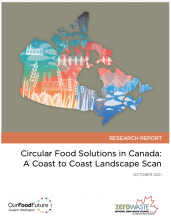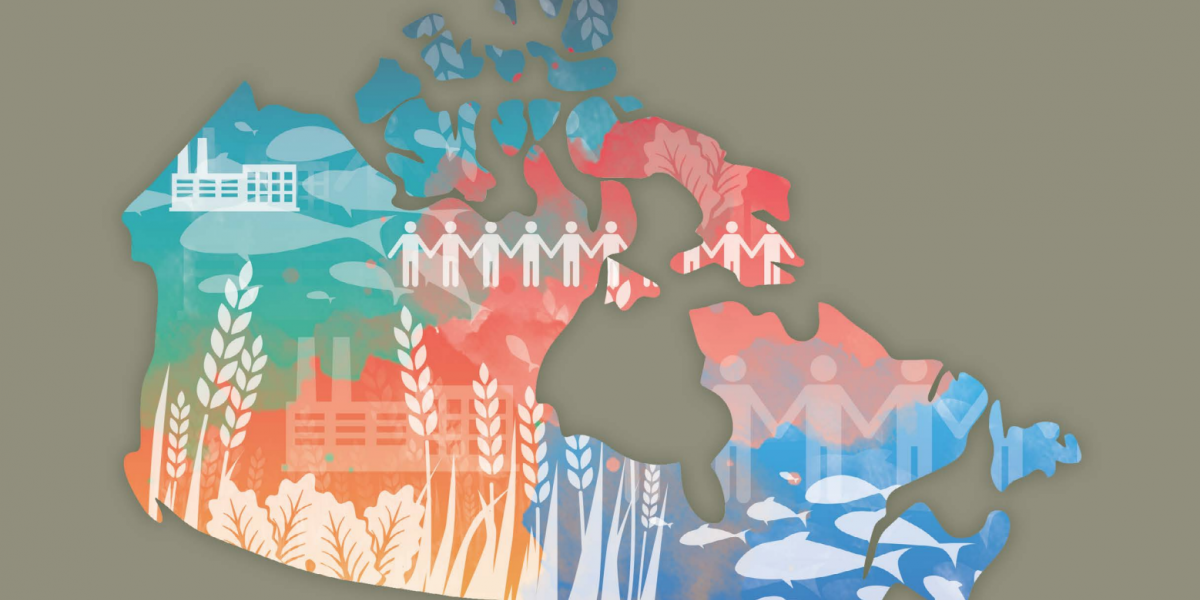Canada’s agri-food industry—which includes all the enterprises that produce, sell, and deliver food—is one of the country’s most important economic sectors and has generated about $143 billion towards Canada’s GDP. At the same time, the value of food—from farm to fork—lost or wasted (FLW) every year in Canada is estimated to be worth $49 billion.
Much of this issue can be addressed by rethinking our conventional agriculture, fishing & aquaculture and food practices in ways that help to regenerate our natural resources and reduce food loss and waste, or where this is not possible, create new value from it. This line of thinking—also known as the circular economy model —is gaining traction across the globe as a way of building a more sustainable economy.
This report compiles and presents examples of food solutions that are contributing to making Canada’s food system more circular, focusing on examples from particular communities, particular sets of actions and actors which have not previously been profiled in published resources. Given the desire for communities in many different contexts to learn from others, and innovate for circularity, the report also presents a preliminary analysis of the key challenges and opportunities faced by the initiatives profiled, and their enabling factors for success.
The research is an introduction to existing circular food system solutions in Canada, and will help inform strategies and tactics that will build a circular food system across the country.
This research has been completed by Smart Prosperity Institute (SPI), for the National Zero Waste Council, Guelph-Wellington’s Our Food Future, and NGen: Canada’s Advanced Manufacturing Supercluster. The project is part of the Circular Economy Leadership Canada’s CE Solution Series, and the Circular Food Systems work stream.



